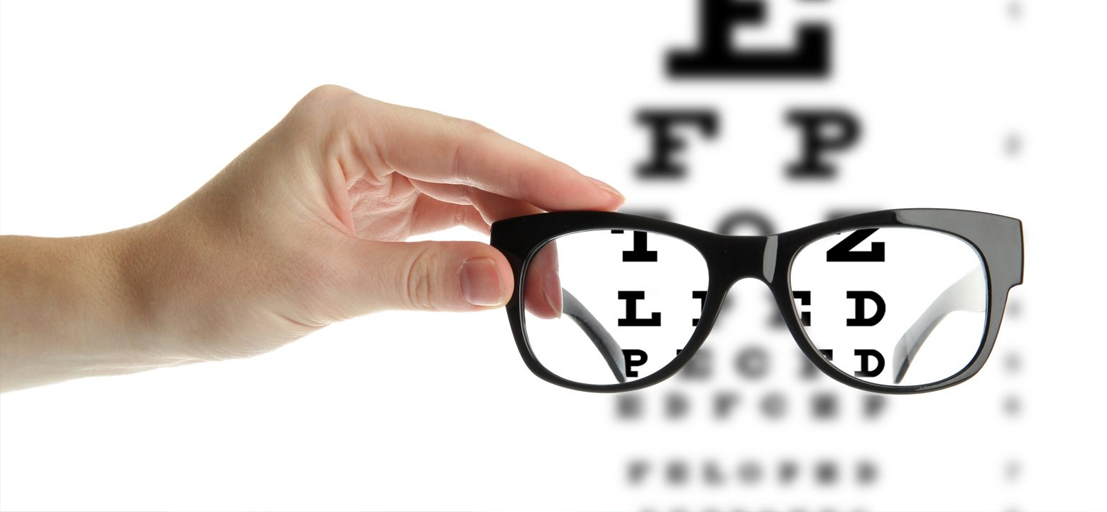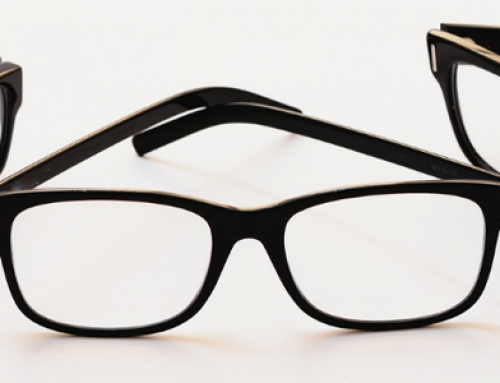More than the frame, the lenses that you select for your prescription eyewear will determine in the end how happy you are with your glasses. But purchasing eyeglasses can become a very tricky task; there is a wide variety of choices in coatings and lens types making it very to arrive at a final decision with complete surety.
This is why this article will guide you through the importance of good quality lenses and how you can select the one that is best for you, without much hassle. The key to finding the perfect prescription frame is understanding the features and values that you require.
Why are the ‘Right’ Lenses so Important?
When you purchase eyewear, the frame that you end up buying is important for your comfort, clarity of vision, and appearance. On the other hand, the lenses that you go for will also have an impact on your safety. The most common mistake people end up making when they purchase their glasses is that they don’t consider the options they have in terms of material, coatings and glass.
You may require a single vision lens which is generally used for nearsightedness, astigmatism and farsightedness. Or you may need progressive lenses, multi-focal or bi-focal lenses for the correction of Presbyopia.
The Features and Essentials of Eyeglass Materials
This section will explore the different kinds of material at your disposal and how they can help you:
Glass Lenses
Earlier, all vision correction devices were made out of glass. Even though glass is a material that offers exceptional quality optics and vision, they are easily damaged and heavy which can potentially cause a lot of harm to your eyes. This may be the only reason behind the material not being widely used anymore, but the quality of vision remains very clear and many are still loyal to the material.
Plastic Lenses
The first lightweight plastic lens was introduced in 1947 by Armorlite Lens Company based in California. It was made out of plastic polymer (CR-39) and due to the light weight, the feasibility of comfort, relative affordability and the exceptional optical values, it is still a popular lens material to this day.
Polycarbonate Lenses
During the beginning of 1970s, polycarbonate lenses were introduced by the Gentex Corporation as a solution for safety glasses. The polycarbonate lens gained popularity later that decade and still remains the choice of many. The material was originally created for helmet visors used in the Air Force, bulletproof glass for banks, and many other kinds of safety applications. The substance is lighter and very resistant to any impact (more than CR-39), which makes it a very preferable choice for children’s’ eyewear, sports eyewear and safety glasses.
High-Index Plastic Lens
Over the previous twenty years, the demands for a thinner and lighter material for glasses have grown immensely until a number of fine quality manufacturers announced the high-index plastic lens. They are a thinner and very light material due to their high refraction index and they may also possess a lower specific gravity.






